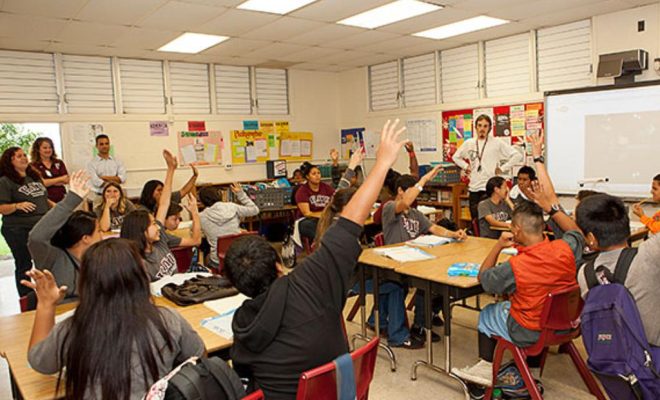How to Start a Makerspace for Less Than $20 in Your School

Starting a makerspace in a school doesn’t have to be expensive. With some creativity and resourcefulness, you can create a makerspace for less than $20. Here’s how:
1. Find a space: Look for a free or low-cost area in your school where you can set up a makerspace. It could be a corner of a classroom, a library, or an unused storage room. Utilize existing spaces to save money.
2. Source materials: Collect materials from different sources. Look for donations from parents, local businesses, or community members. You can also ask students to bring in items they no longer need, like cardboard, fabrics, or old electronic devices. Thrift stores are also great for finding cheap materials.
3. Get essential tools: Invest in a few key tools that are necessary for a makerspace. Start with basic hand tools like scissors, screwdrivers, pliers, and tape measures. These can be found at dollar stores or borrowed from friends and family. Consider buying second-hand tools to save money.
4. DIY workstations: Create workstations using inexpensive materials. Use sturdy cardboard or old furniture to build tables. Repurpose old shelves, crates, or bookcases for storage. Encourage students to be involved in designing and assembling the workstations, making it a collaborative effort.
5. Incorporate digital tools: Explore free or low-cost digital tools that can enhance the makerspace experience. Look for open-source software that students can use for designing and prototyping. Use free online resources for learning, such as instructional videos or tutorial websites.
6. Foster a culture of sharing: Encourage students to share their resources and skills. Establish a system where students can borrow tools and materials from each other. This not only saves money but also promotes collaboration and resourcefulness.
7. Utilize community resources: Reach out to local businesses, makerspaces, or organizations that might be willing to support your school’s makerspace. They might offer free workshops, guest speakers, or access to specialized tools and equipment.
Remember, the most important aspect of a makerspace is the mindset of creativity, collaboration, and problem-solving. By creating a low-cost makerspace, you are providing students with a hands-on learning environment that sparks their creativity and nurtures their curiosity.


